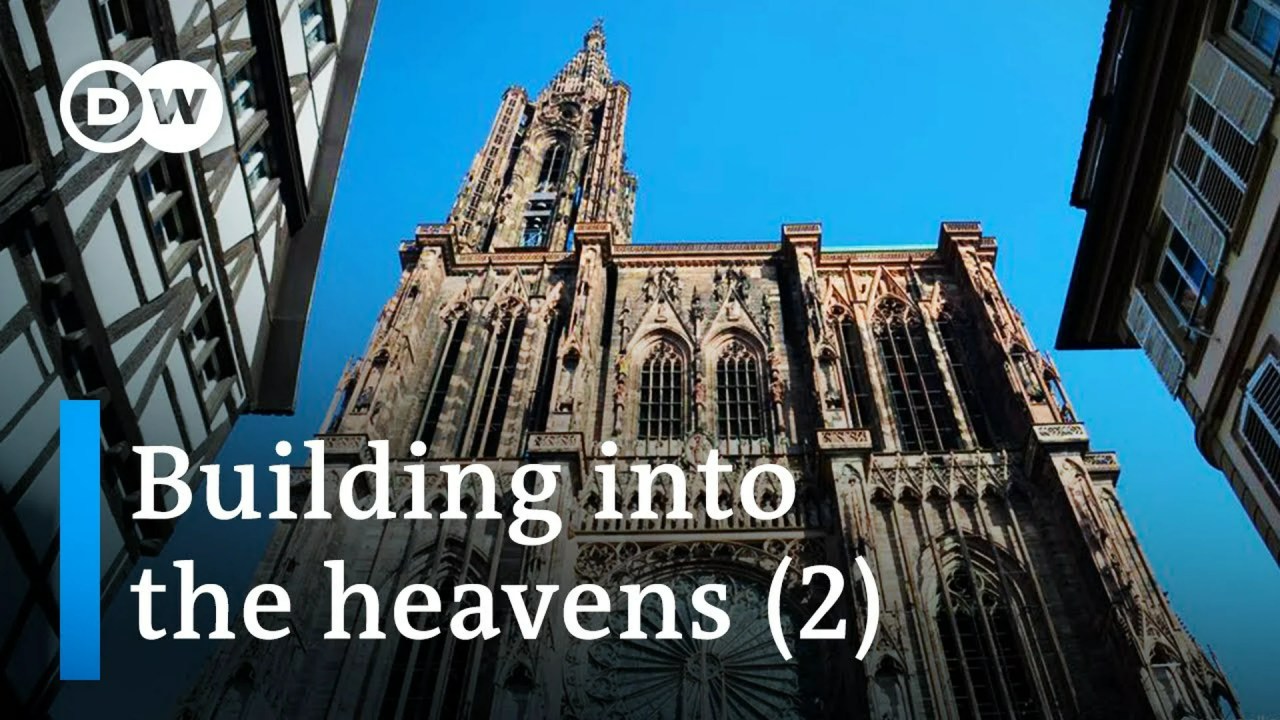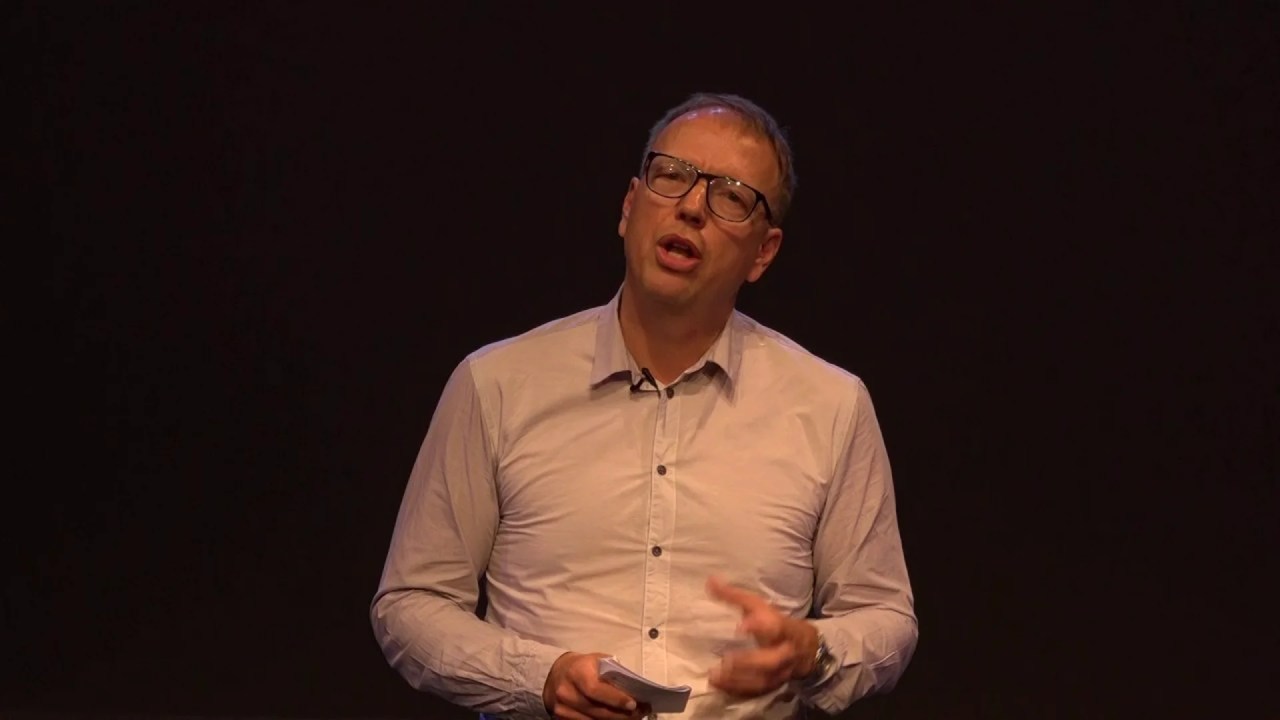Gothic art was a style of medieval art that developed in Northern France out of Romanesque art in the 12th century AD, led by the concurrent development of Gothic architecture. It spread to all of Western Europe, and much of Northern, Southern and Central Europe, never quite effacing more classical styles in Italy.
In 1144, the Basilica of Saint-Denis, near Paris, was consecrated. The construction was met with amazement by locals. Its hallmarks were extensive light, glass, pointed arches and diagonal ribs, and it ushered in what is known as the Gothic period. “Let there be light!” – the biblical message emanates from the Basilica of Saint-Denis.
Its Gothic building principles spurred medieval architects to ever more daring constructions. Rooms would be flooded with more and more light, buildings would rise higher and higher into the heavens. In the following 100 years, more than 20 large Gothic churches were built in the Paris region. And it barely took a generation for the trend to take hold elsewhere in Europe. A contest of cathedrals saw Freiburg, Strasbourg and Ulm build the largest churches of their time.
The Gothic period was characterized by flying buttresses, three rose windows, many smaller stained glass windows, and the sculptural carvings around the portals.





















